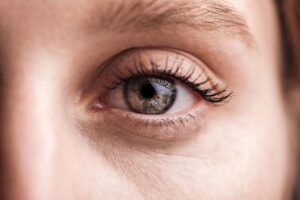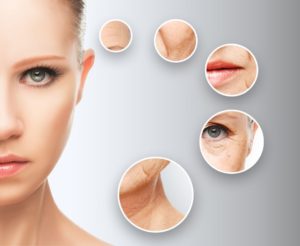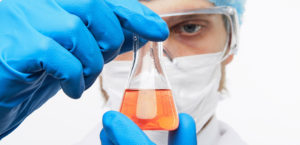Hair thinning and loss has a significant impact on your self-confidence. In addition, men and women both battle with varying degrees of alopecia. There are hundreds of hair loss treatments available, of which some are highly effective, and others are not. PRP is a wonder drug that is extracted from your own body. It is a versatile treatment used with hair transplant surgery or as an independent therapy for thin hair and balding scalp. Read on to know everything about PRP therapy.
What is PRP?
Platelet-rich plasma is a non-surgical procedure that is helpful to treat hair loss. It strengthens the thin and weak hair strands. A specialist investigates the cause of your hair loss and performs a blood test. If it is not a malfunction in your body, you can benefit from the PRP.
PRP is not a replacement for hair transplant surgery. Instead, it strengthens the hair from the roots and prevents hair fall. The substance injected into the scalp has a higher concentration of platelets that stimulates collagen production and thickens the hair strands.
How is PRP Performed?
The treatment starts by drawing the blood from the patient’s arm. Then, the technician places the sample in a centrifuge to separate red blood cells, plasma and platelets. Next, this platelet-rich plasma is obtained into a syringe and injected into the scalp at the level of hair follicles. Though it sounds scary, it is actually safe, and you feel a minor soreness at the injection site.
Results
The whole procedure takes almost one hour. An inflammatory response triggers the mild pain injection site. You can enjoy stronger and healthy hair for at least one year after the treatment. Multiple sessions are required to maintain the optimum results. The PRP sessions are usually performed once a month for the first 3-4 months, then every 3-6 months. You will likely observe a decrease in hair shedding after the initial session then regrowth will start. An expert can tell you about how many sessions you require to control hair loss.
Is PRP Effective?
The platelet-rich plasma contains the growth factors that help repair blood vessels, promote the healthy growth of cells, and stimulate collagen synthesis. It is considered an effective treatment for people with alive hair roots as it rejuvenates roots, promotes hair growth, and makes hair strands stronger and thicker.
Are There Any Side Effects?
As PRP involves the substance extracted from your own blood, there is a low risk of allergic reaction. Mild pain, inflammation, scalp tenderness, headache, itching, and minor bleeding is normal at the injection site.
Ideal Candidates for PRP
PRP is effective for both men and women, especially with androgenetic alopecia. Balding men women with thin hair can go for the treatment.
People suffering from lupus and thyroid diseases are not considered ideal for PRP because their hair loss is due to the illness and the medication. Therefore, they will likely observe hair fall even after PRP.
People with blood disorders, skin cancer, and clotting disorders should avoid PRP sessions.
The Bottom Line
Platelet-rich Plasma is an increasingly popular treatment for hair loss. Many celebrities and renowned personalities from different fields have been benefited from PRP. The process is almost painless and requires zero recovery time. In addition, it blesses you with peace of mind knowing you will get the natural results because it is your own hair that is growing.
One size fits all does not go for the PRP. At James Christian Cosmetics, we examine your hair loss and creates a customized plan for you. No matter if you are experiencing a receding hairline, thinning, or balding, PRP can help. Contact us to book your appointment at James Christian Cosmetics.
*Information in this article is not medical advice and may not be factually accurate. It is intended for entertainment purposes only. Consult with a physician before attempting any tips in this blog post and to get the most up to date factual data about any procedure or treatment.














